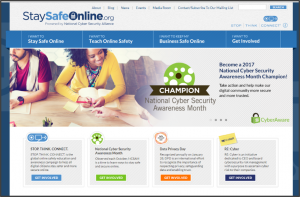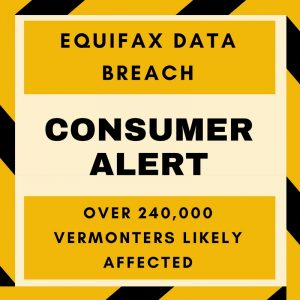This is a monthly series in which the Attorney General will feature a Vermonter doing exemplary work in their community. Have someone you think should be featured? Email AGO.CAP@vermont.gov.

Mohamed Basha is the President, CEO and IT Person of TLC Homecare & Nursing. After moving from Chennai, India as a young child, he lived in New York City and New Orleans for a year. He finally settled in Vermont, where he grew up in Burlington.
Mohamed founded TLC in 2006 because he saw a need for a homecare provider who took a holistic approach in providing care and there was no other organization that offered supportive staffing services to local healthcare providers.
After numerous side jobs (such as working in the IT department of two small businesses, driving a taxi on weekends, and waiting/catering during the summer) Mohamed decided to pursue a Nursing Degree from Castleton State College. He also holds a B.A. in Health Science from Castleton and an Associate Degree in Liberal Studies from Community College of Vermont.
When Mohamed is not hard at work running TLC, he can be found spending time with his wife, Allyson, and two children, Nina and Zane. He also enjoys long walks in the summer and riding his motorcycle while enjoying the beauty that Vermont has to offer. He graciously took the time from his busy schedule to answer a few of our questions:
What inspires your work with TLC?
After graduating from nursing school, and working in various healthcare setting, I saw a dire need for home care providers to help seniors age in place. I further saw a need for flexible staffing providers to help healthcare facilities staff their needs without burning out their own staff.
What impact has TLC had on your community?
Currently we serve over 200 older adults throughout Vermont and in Upper Valley area. Out of which, and I am proud to say this, we serve over 70 Veterans in this region. Furthermore, we are quite active nationally and locally in helping the causes that affect majority of our seniors. For over four years, we have sent TLC staff to Washington DC and Montpelier to advocate for the Alzheimer’s Association and raise awareness of its impact in our community. We help raise money, through Golfing 4 Life and other activities, for Cancer Patient Support Services. We assist with delivering Meals on Wheels at least once a month. We also partake in various walks, runs, and fundraising events to give back to our community.
What have you learned from your work at TLC?
No two days are ever alike. Every day brings a set of new challenges and I am always learning something new each day from my staff and the people that we serve. Nevertheless, it is the stories from seniors who survived the Great Depression and World War II that comes to mind whenever I am asked this question. Their ability to face adversity and overcome severe obstacles serves as a reminder that we can achieve anything we want if we are persistent and willing to work hard.
What advice do you have for others looking to impact their community?
Giving back to the community can be as little as picking up the trash around your neighborhood to spending countless hours volunteering for other organizations. However, it is the intention and the willingness to want something better for others is what counts at the end of the day. So do not be afraid to do even a small part, they all add up to making a bigger impact in our community.


 The credit bureaus then put all of this information from different businesses about your use of credit together into a single file — your “credit report”. Some of the bureaus have developed a scoring system to rate how “safe”, or how “risky” your credit habits may be, compared to other consumers. Any time you apply for a loan, credit card, utility account, etc., the lender will get your credit report from one or more of these bureaus. Using the credit report, the lender will review your credit history to decide whether to open an account for you, and what interest rate they wish to charge (often based upon the perceived “risk”).
The credit bureaus then put all of this information from different businesses about your use of credit together into a single file — your “credit report”. Some of the bureaus have developed a scoring system to rate how “safe”, or how “risky” your credit habits may be, compared to other consumers. Any time you apply for a loan, credit card, utility account, etc., the lender will get your credit report from one or more of these bureaus. Using the credit report, the lender will review your credit history to decide whether to open an account for you, and what interest rate they wish to charge (often based upon the perceived “risk”).
